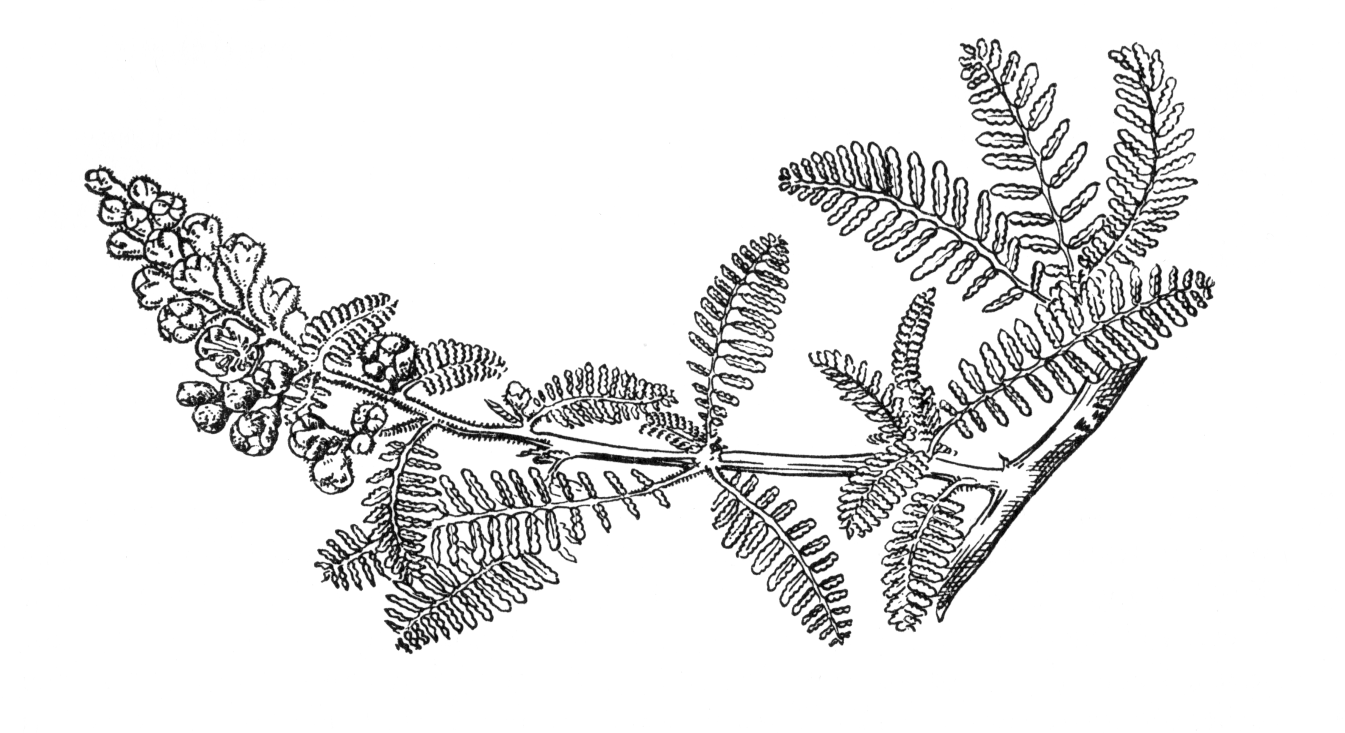Chamaebatiaria millefolium
Credits
Article from Bean's Trees and Shrubs Hardy in the British Isles
Recommended citation
'Chamaebatiaria millefolium' from the website Trees and Shrubs Online (treesandshrubsonline.
Genus
Synonyms
- Spiraea millefolium Torr.
Other taxa in genus
A shrub 3 to 5 ft high, the erect branches covered with glandular down, sticky when young, and having a balsamic odour. Leaves 2 to 31⁄2 in. long, 1⁄2 to 1 in. wide; doubly pinnate and very like those of the common milfoil, the ultimate subdivisions 1⁄12 in, long, narrowly oblong, downy; common stalk slightly winged. Flowers white, 1⁄3 to 1⁄2 in. diameter, produced in erect, terminal branching panicles, 3 to 5 in. high; flower-stalks and calyx densely covered with tufted hairs; petals roundish, surrounding a cluster of yellow stamens. Flowers in July. Bot. Mag., t. 7810.
Native of western N. America; first discovered in 1853 by Dr Bigelow; introduced to Kew in 1891. It occurs up to 10,000 ft altitude in California, and is quite hardy in the south of England, but likes a well-drained soil and as sunny a position as possible. The plant has a pungent aromatic odour.

